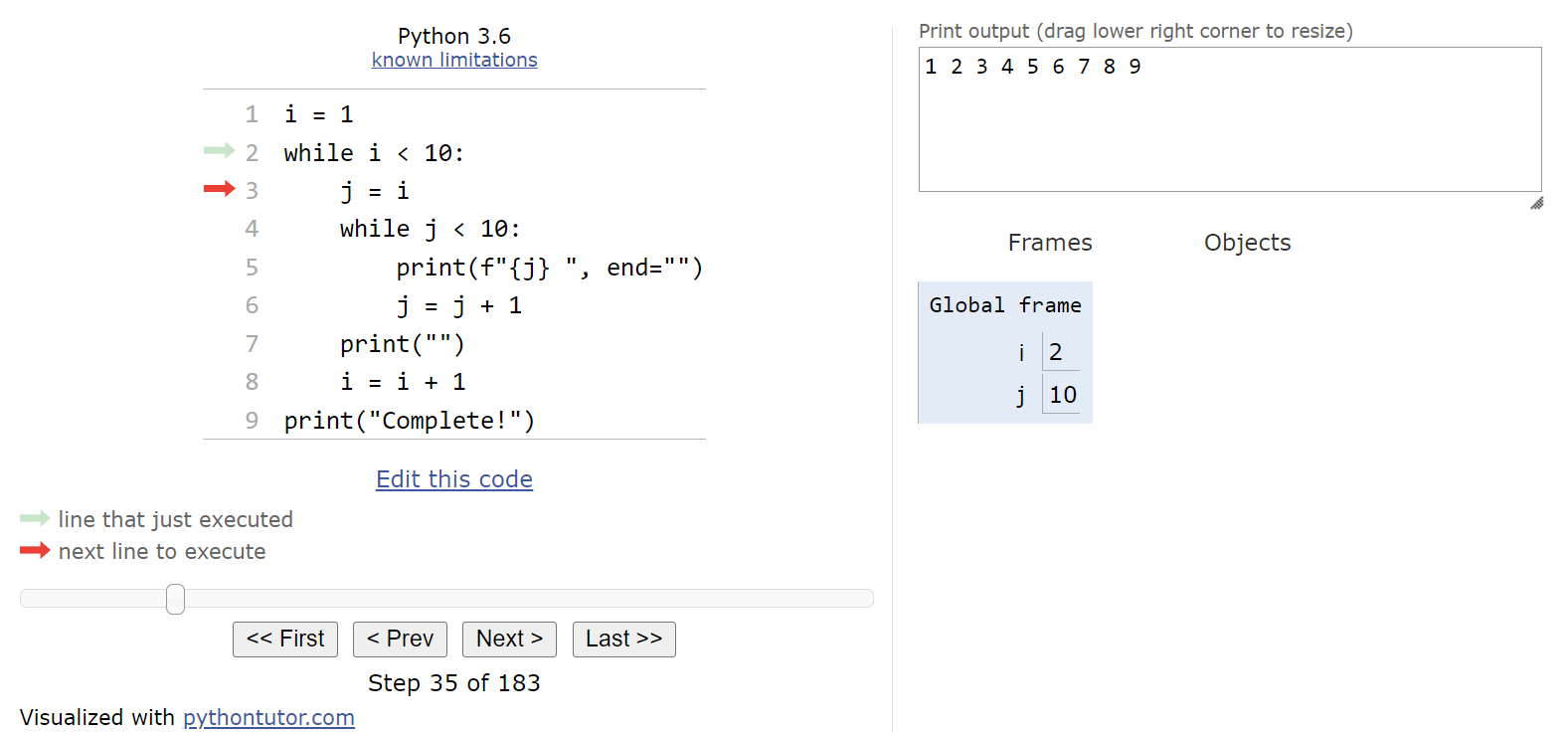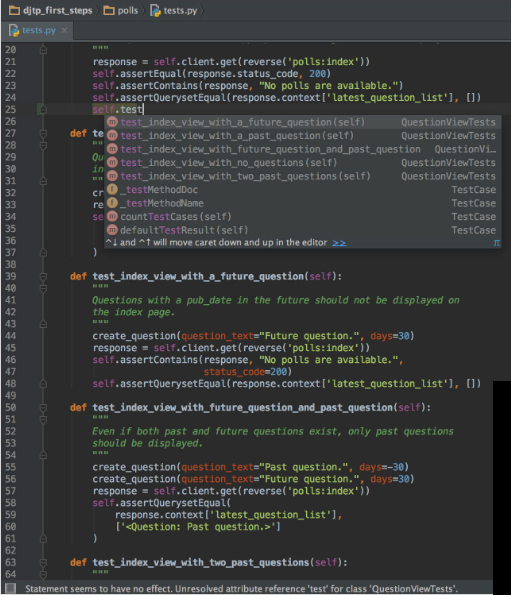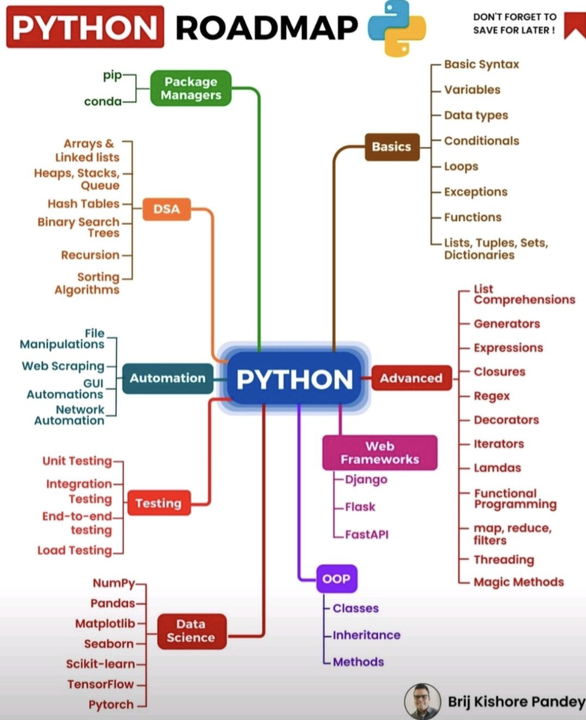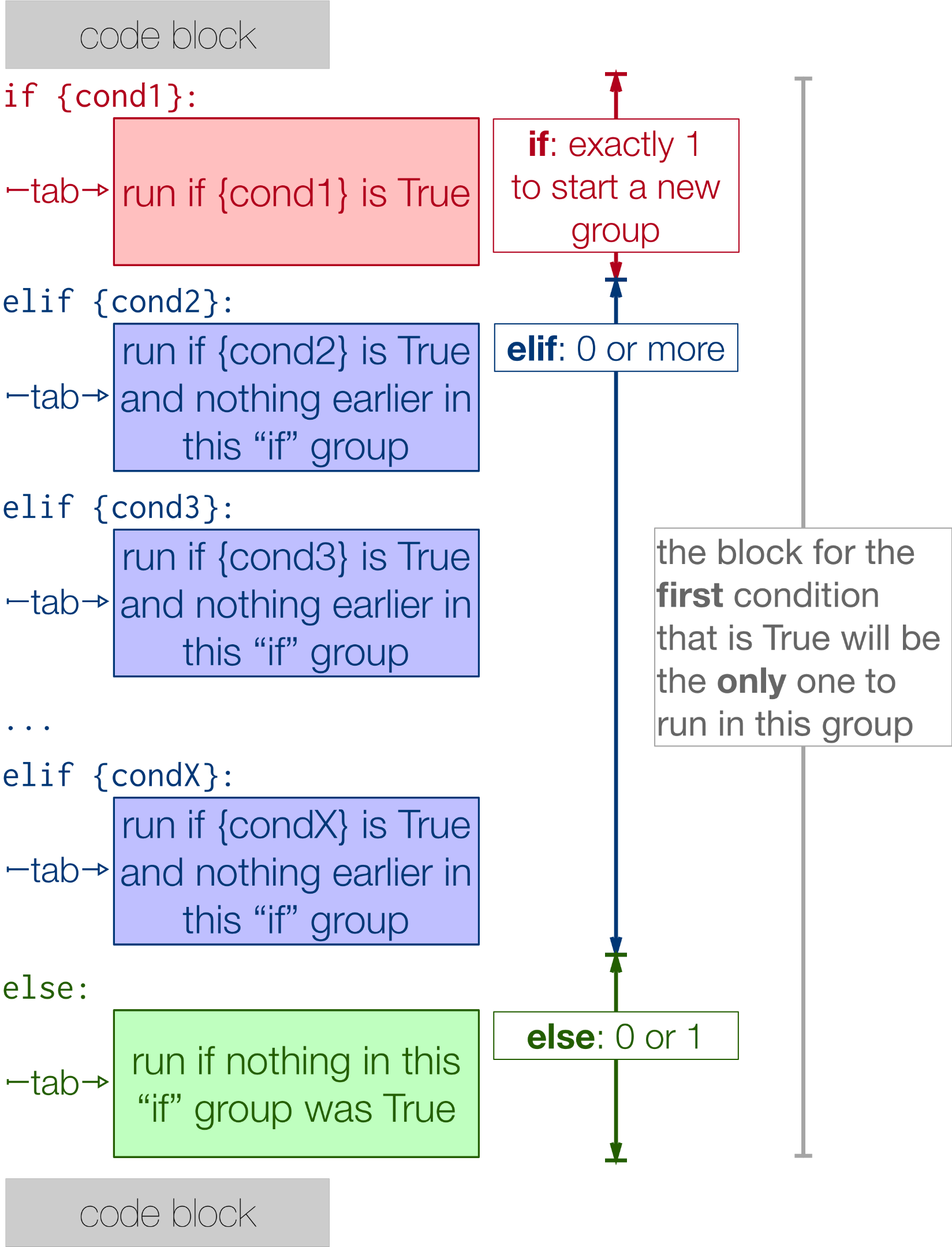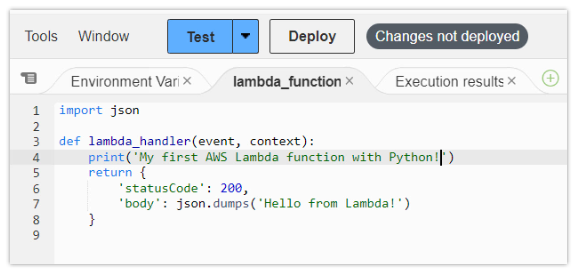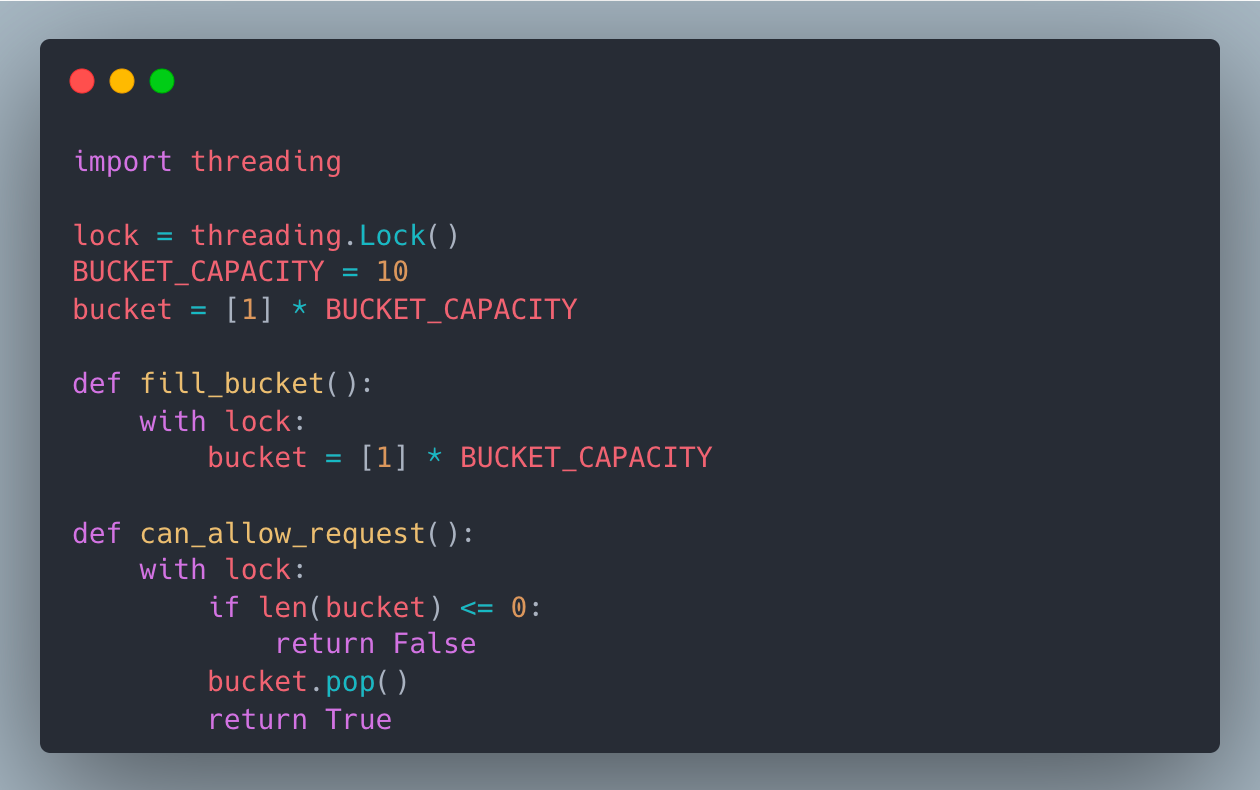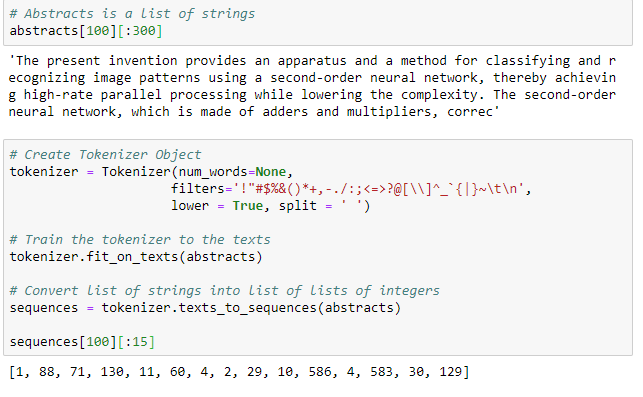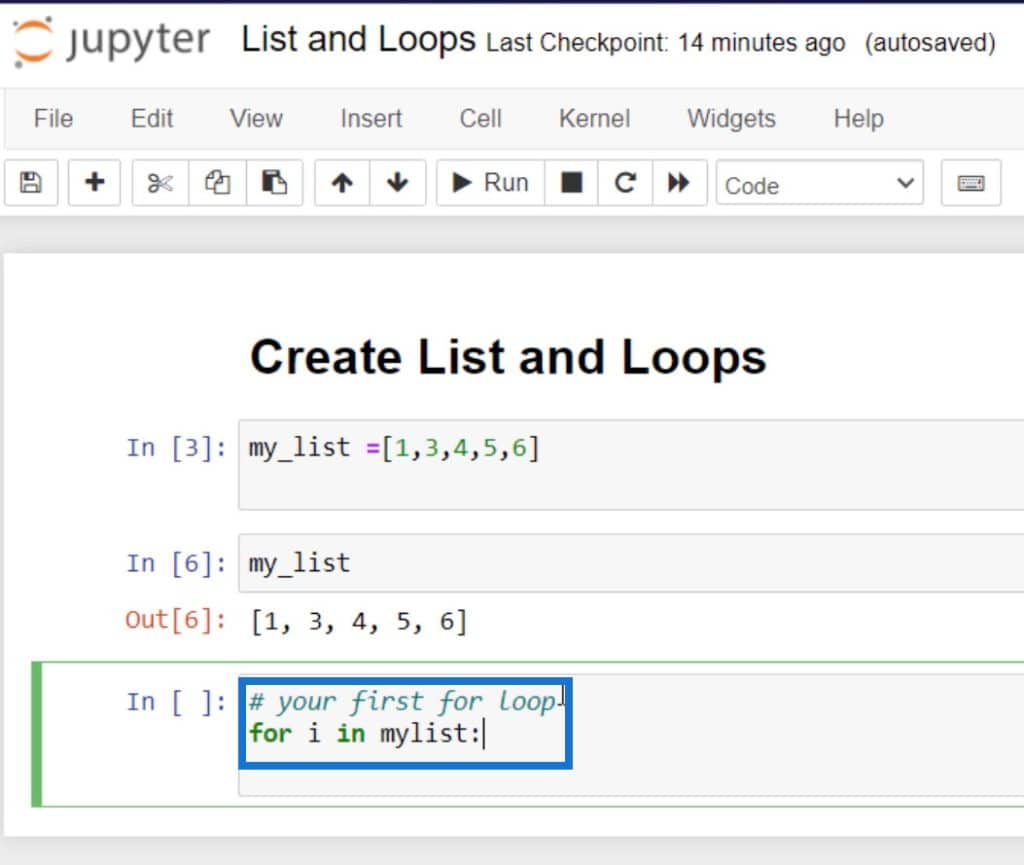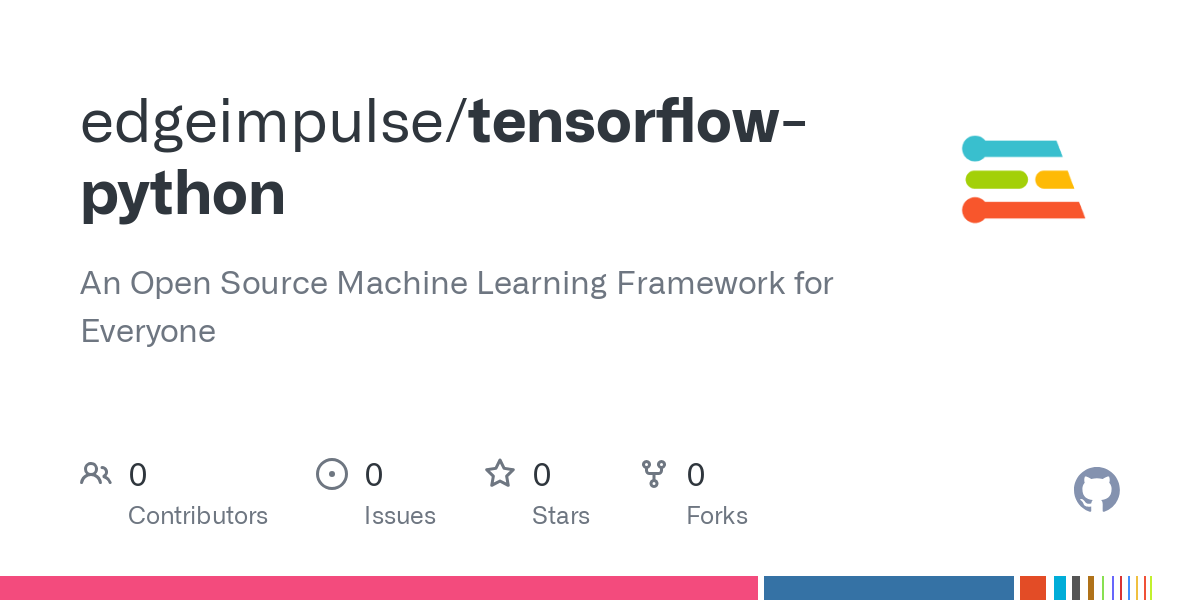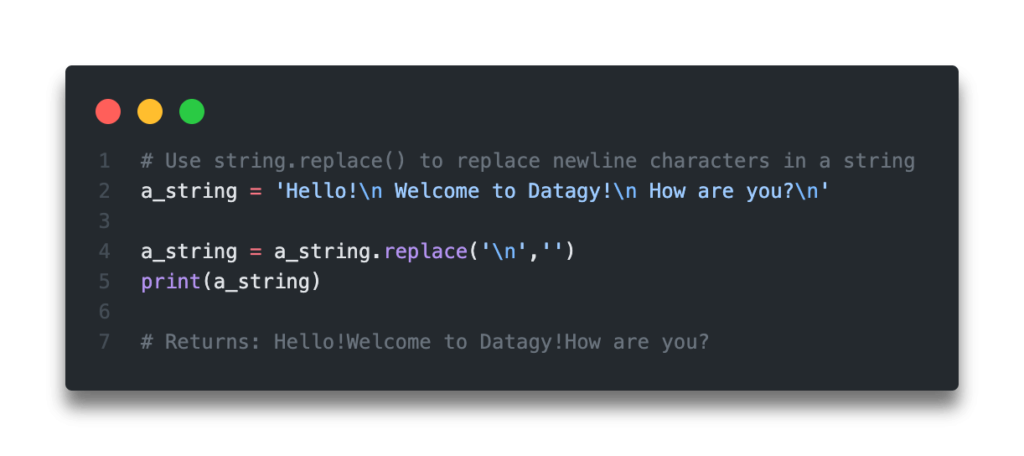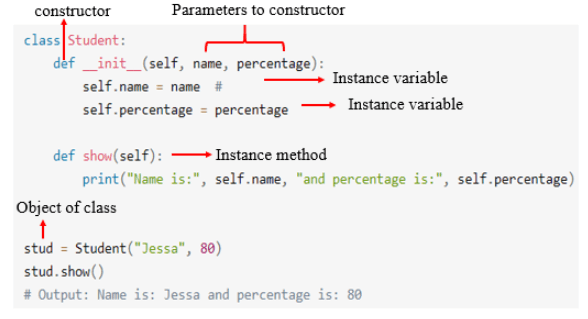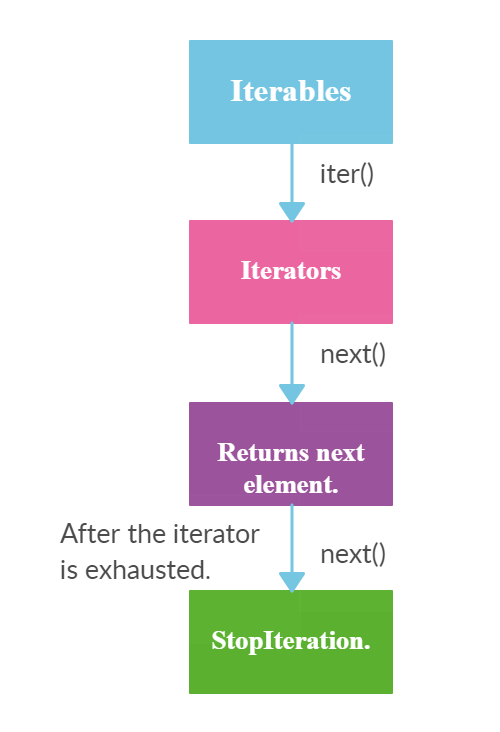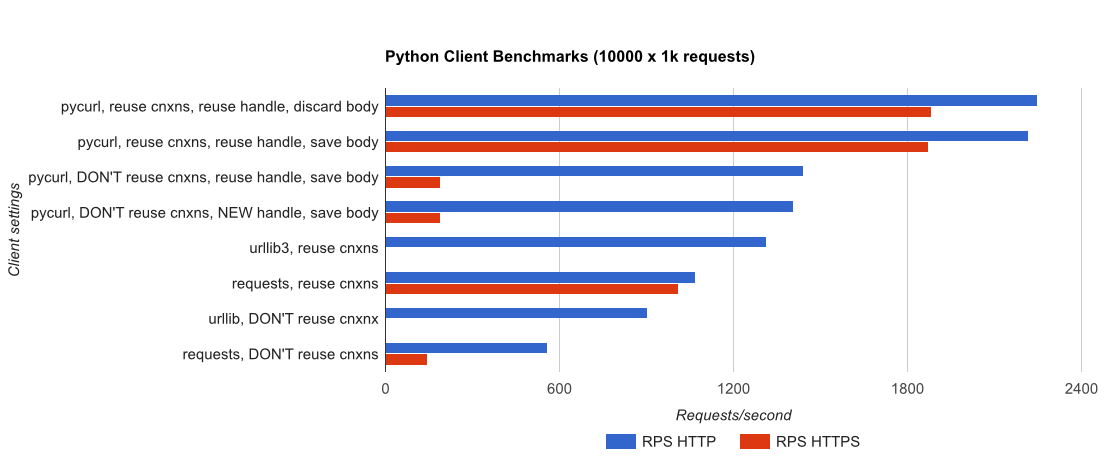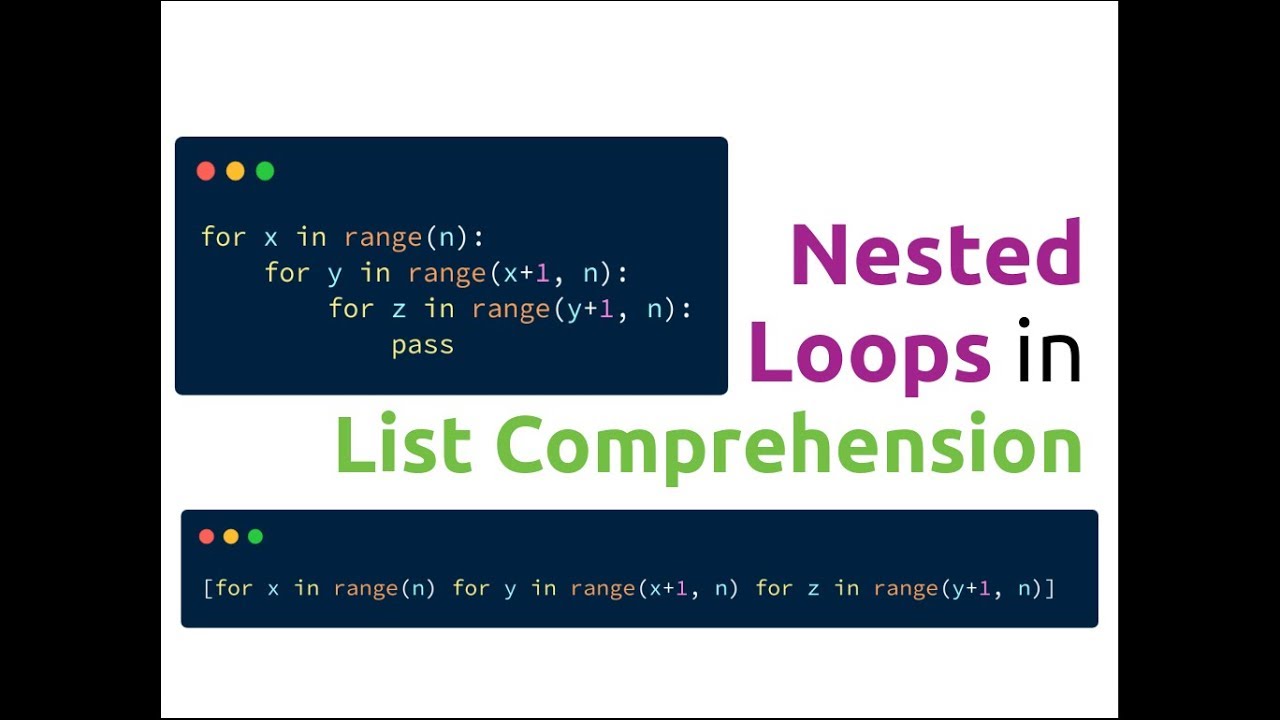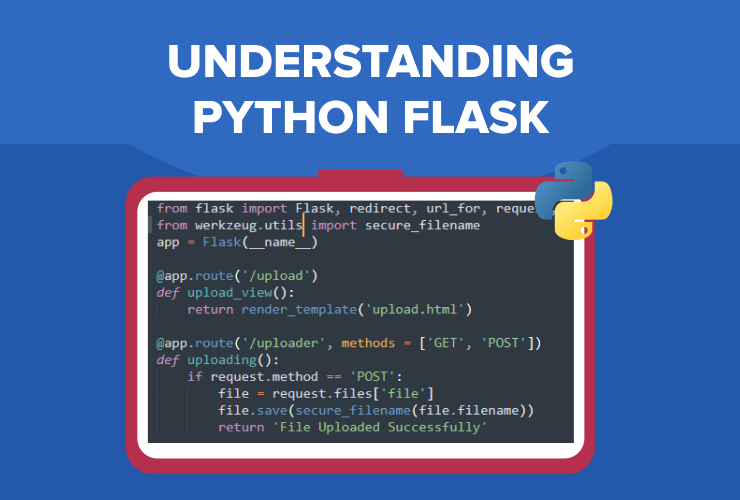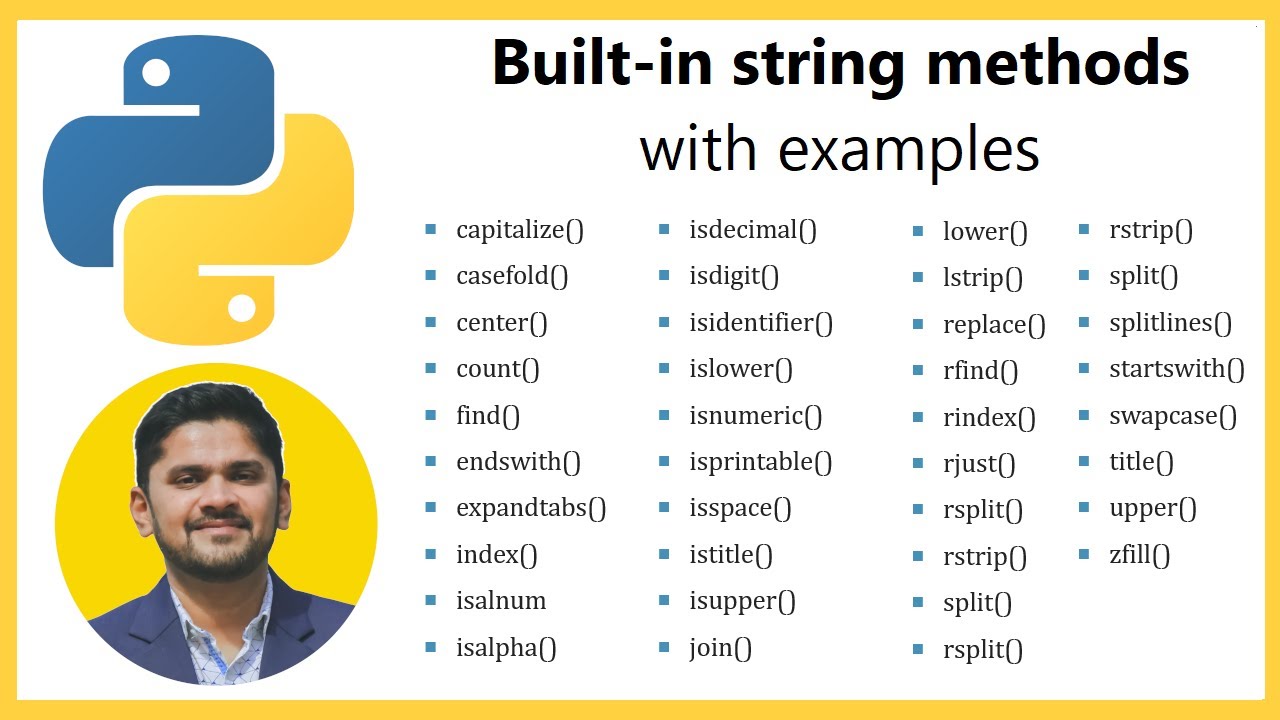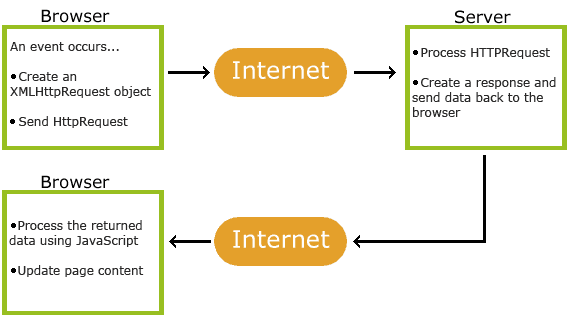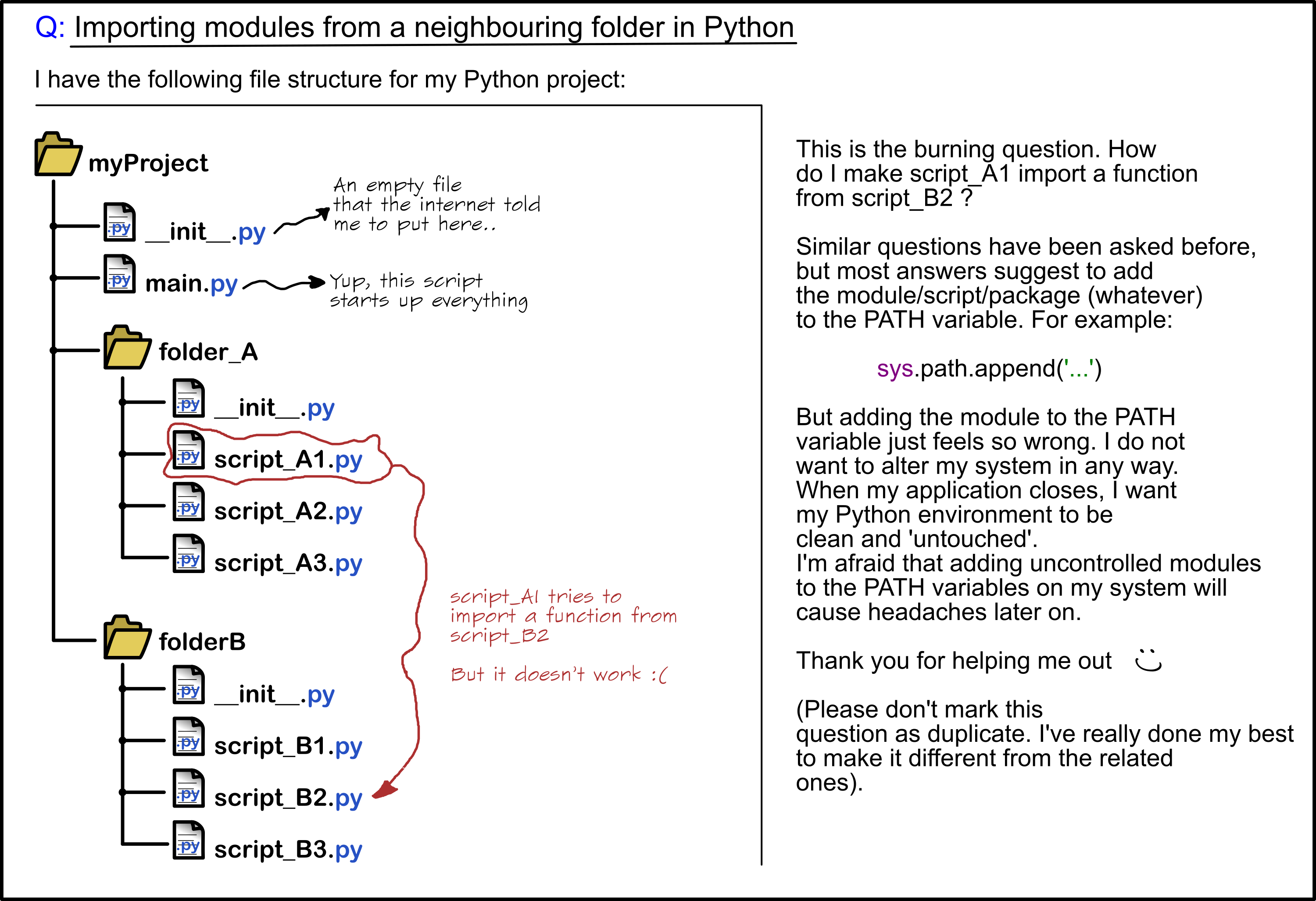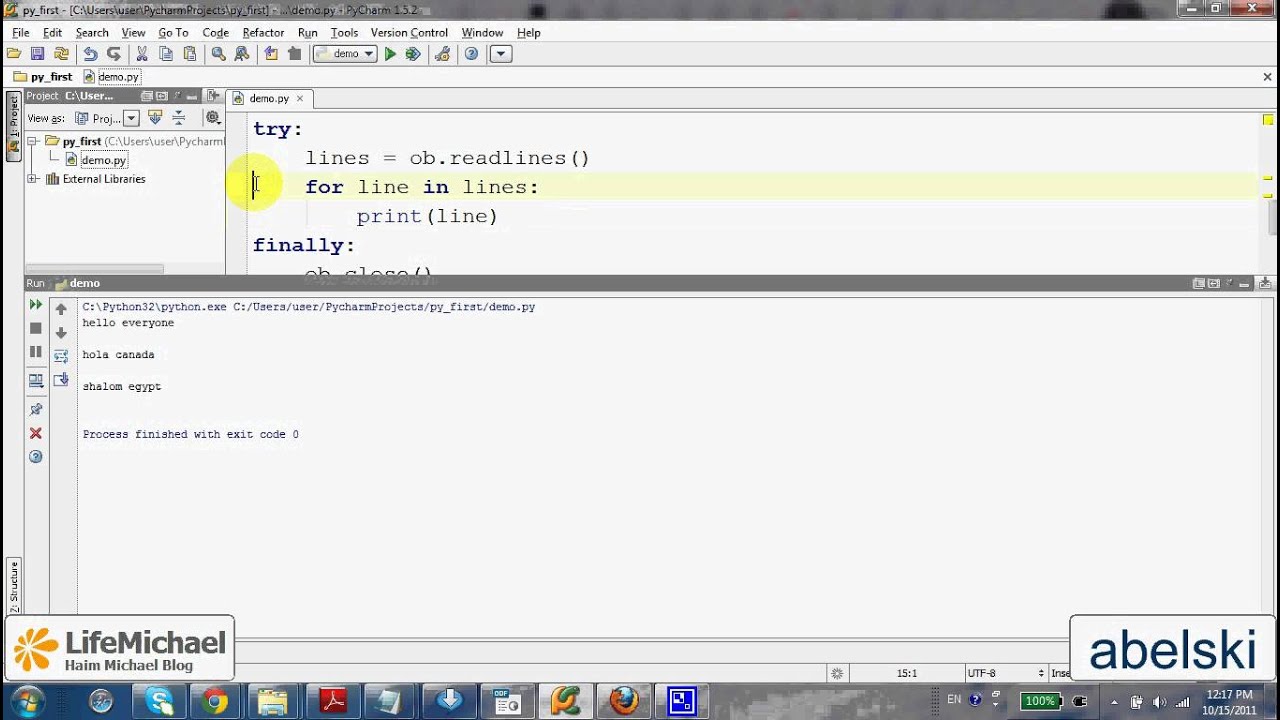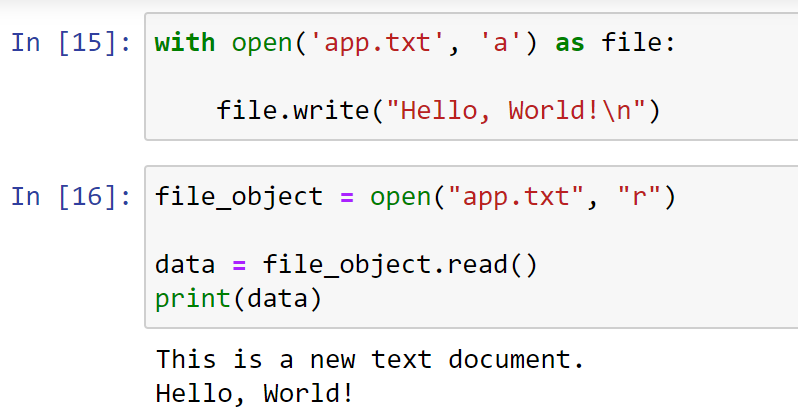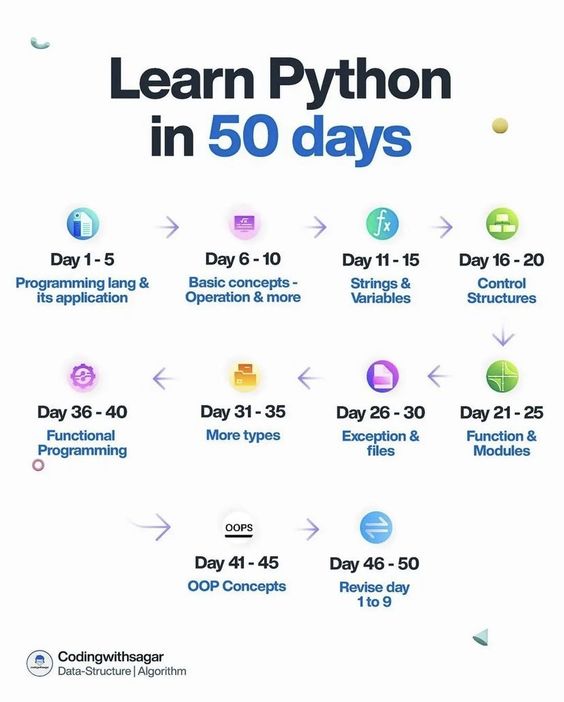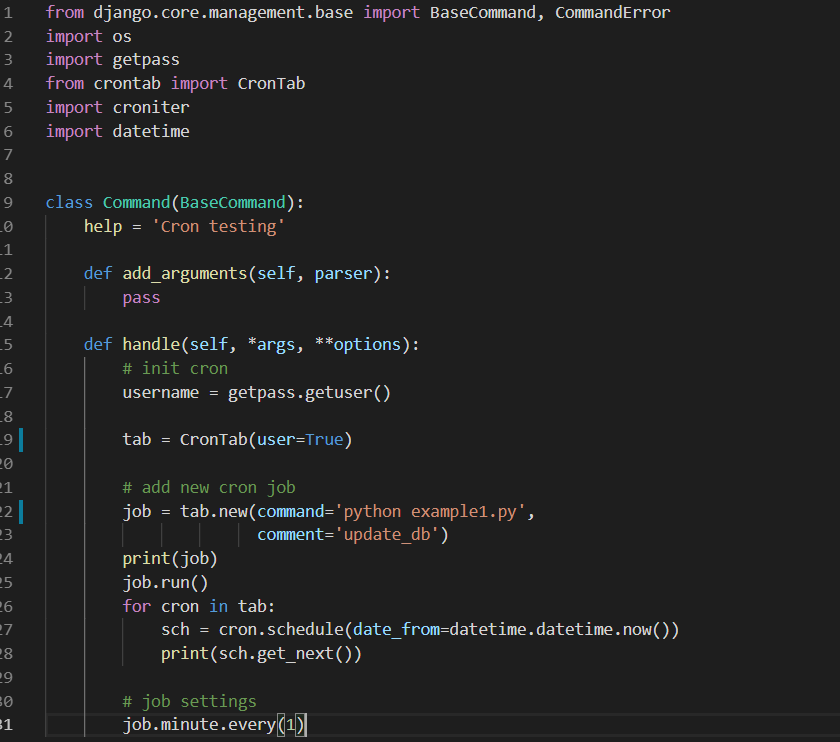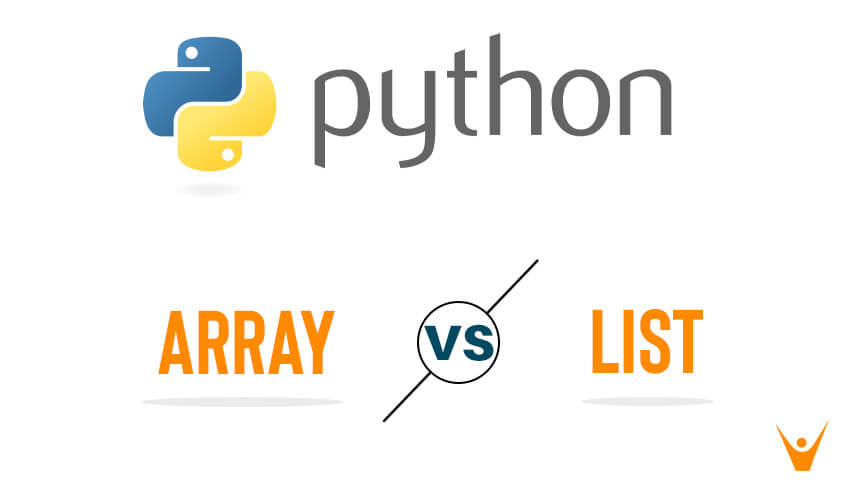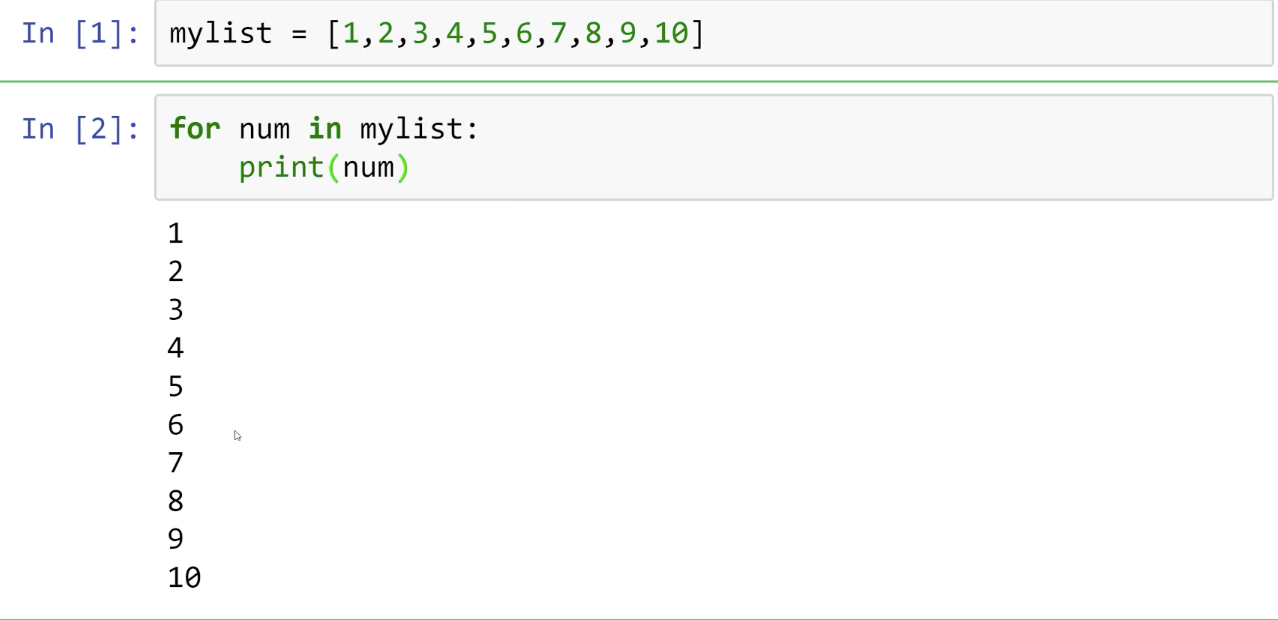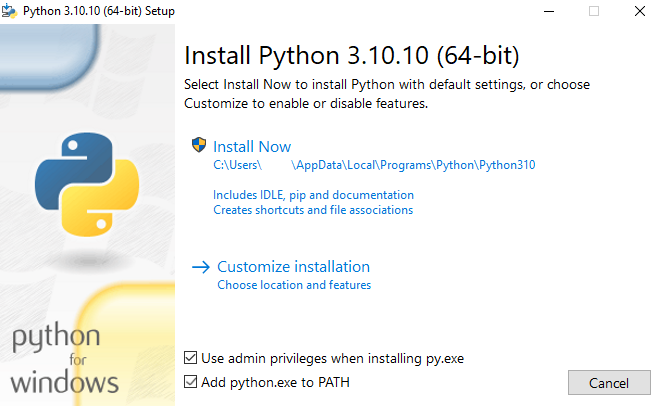How to implement k-fold cross validation in Python from scratch?
How to implement k-fold cross validation in Python from scratch?

Here is an explanation of how to implement k-fold cross-validation in Python from scratch:
What is K-Fold Cross-Validation?
K-fold cross-validation is a technique used to evaluate the performance of a machine learning model by partitioning the dataset into k subsets or folds, and training the model on all but one fold. Then, you predict the outcomes for the held-out fold and calculate the metrics (e.g., accuracy, precision, recall, F1-score). Repeat this process k times, with each fold serving as the test set once.
Why Implement from Scratch?
Implementing k-fold cross-validation from scratch allows you to understand how the algorithm works and provides more control over the process. For example, you can easily modify the splitting strategy or add custom metrics.
Step-by-Step Implementation:
Import Necessary Libraries: You will neednumpy for numerical operations and a machine learning library like scikit-learn to train and evaluate your model. Split the Data into k Folds: Use the following function to split the data into k folds:

def split_data(data, k):
"""

Split the data into k folds.
Args:
data (list): The dataset.
k (int): Number of folds.
Returns:
A list of k lists, where each list contains a subset of the original data.
"""
np.random.seed(42) # For reproducibility
indices = np.arange(len(data))
fold_size = len(indices) // k
folds = []
for i in range(k):
start = i * fold_size
end = (i + 1) * fold_size if i < k - 1 else len(indices)
fold = [data[j] for j in indices[start:end]]
folds.append(fold)
return folds
def evaluate_model(model, X_train, y_train, X_test, y_test):
"""
Train the model on all but one fold and evaluate it on the held-out fold.
Args:
model: The machine learning model.
X_train (list): Training features for the current fold.
y_train (list): Training labels for the current fold.
X_test (list): Test features for the current fold.
y_test (list): Test labels for the current fold.
Returns:
A dictionary with evaluation metrics (e.g., accuracy, precision, recall, F1-score).
"""
model.train(X_train, y_train)
predictions = model.predict(X_test)
Calculate and return the evaluation metrics
pass # Implement your favorite evaluation metrics here
def k_fold_cross_validation(data, model, k):
"""
Perform k-fold cross-validation.
Args:
data (list): The dataset.
model: The machine learning model.
k (int): Number of folds.
Returns:
A dictionary with average evaluation metrics across all folds.
"""
folds = split_data(data, k)
results = {}
for i in range(k):
X_train = [x for j, x in enumerate(data) if j not in folds[i]]
y_train = [y for j, y in zip(data, data) if j not in folds[i]]
X_test = folds[i]
y_test = [y for y in folds[i]]
results.update(evaluate_model(model, X_train, y_train, X_test, y_test))
return {k: np.mean(v) for k, v in results.items()}
data = [...] # Load your dataset
model = ... # Initialize your machine learning model
results = k_fold_cross_validation(data, model, k=5)
print("Average Accuracy:", results["accuracy"])
Conclusion
Implementing k-fold cross-validation from scratch allows you to customize the process and gain insight into how it works. In this example, we've implemented a basic version of k-fold cross-validation using Python's list comprehensions and numpy. You can extend this implementation by adding more custom metrics or modifying the splitting strategy.
Remember that this is just an illustration; you should replace data, model, and k with your actual dataset, model, and number of folds.
What is the Kfold method in Python?
I'm happy to help you with that!
K-Fold Cross Validation (KFCV) is a popular technique used in machine learning and statistics to evaluate the performance of various models, especially those trained on limited data sets. The concept was first introduced by Stone in 1974.
In K-Fold Cross Validation, your dataset is divided into k-folds or subsets, typically k=5 or k=10, depending on the size and complexity of your data. Each fold contains roughly the same proportion of samples as the original dataset.
Here's how it works:
Initialization: Choose a model, e.g., logistic regression, decision tree, random forest, neural network, etc. Folding: Divide your dataset into k-folds. You can do this using various libraries like scikit-learn in Python. Training and Evaluation:a. Train the model on k-1 folds (i.e., k-1 subsets of the data).
b. Use the remaining 1 fold as test data to evaluate your trained model's performance. This is done by predicting labels for this 1-fold, then comparing them with the actual labels.
c. Calculate metrics like accuracy, precision, recall, F1-score, or Mean Squared Error (MSE), depending on your problem type and evaluation goals.
Repeat: Repeat steps 3a-c for each fold, ensuring that each sample is used once as test data.By doing this k-fold cross-validation, you get an idea of how well your model generalizes to unseen data. This approach helps:
Avoid overfitting: By testing your model on different subsets of the data, you can detect when it's overly specialized to a specific portion of your dataset. Estimate performance: The average metrics from all k-folds gives you an estimate of how well your model will perform on new, unseen data. Compare models: Use KFCV to compare the performance of different machine learning algorithms or hyperparameters.In Python, you can implement K-Fold Cross Validation using libraries like scikit-learn and pandas. Here's a simple example with scikit-learn:
from sklearn.model_selection import KFold assume X is your feature matrix and y is your target variablekf = KFold(n_splits=5, shuffle=True)
for train_index, val_index in kf.split(X):
X_train, X_val = X.iloc[train_index], X.iloc[val_index]
y_train, y_val = y.iloc[train_index], y.iloc[val_index]
Train and evaluate your model here using X_train and y_train
Remember to choose an appropriate number of folds (k) based on the size and complexity of your dataset. A larger k may lead to more accurate results but also increases computation time.
That's it! I hope this explanation was helpful in understanding K-Fold Cross Validation in Python.
